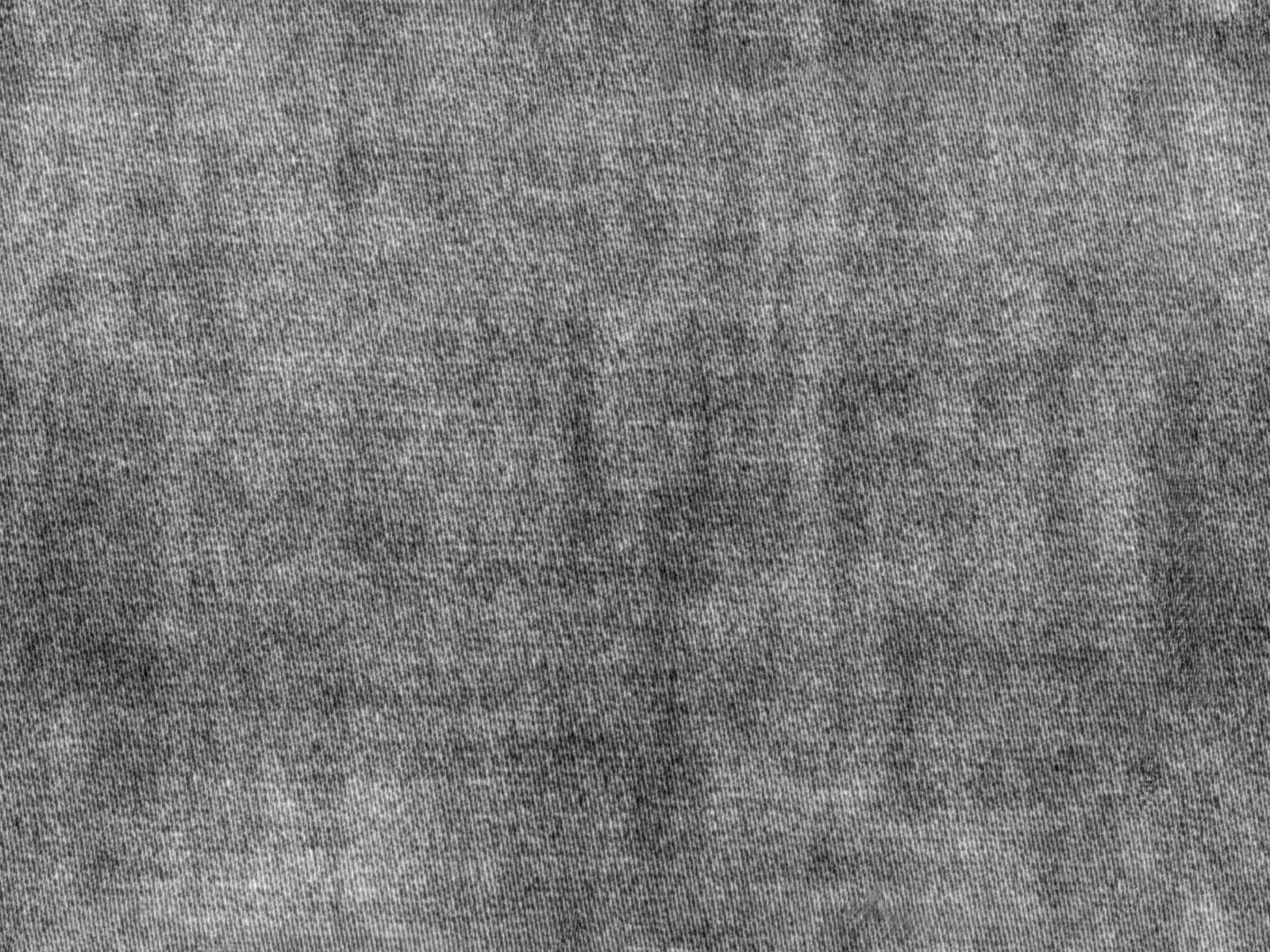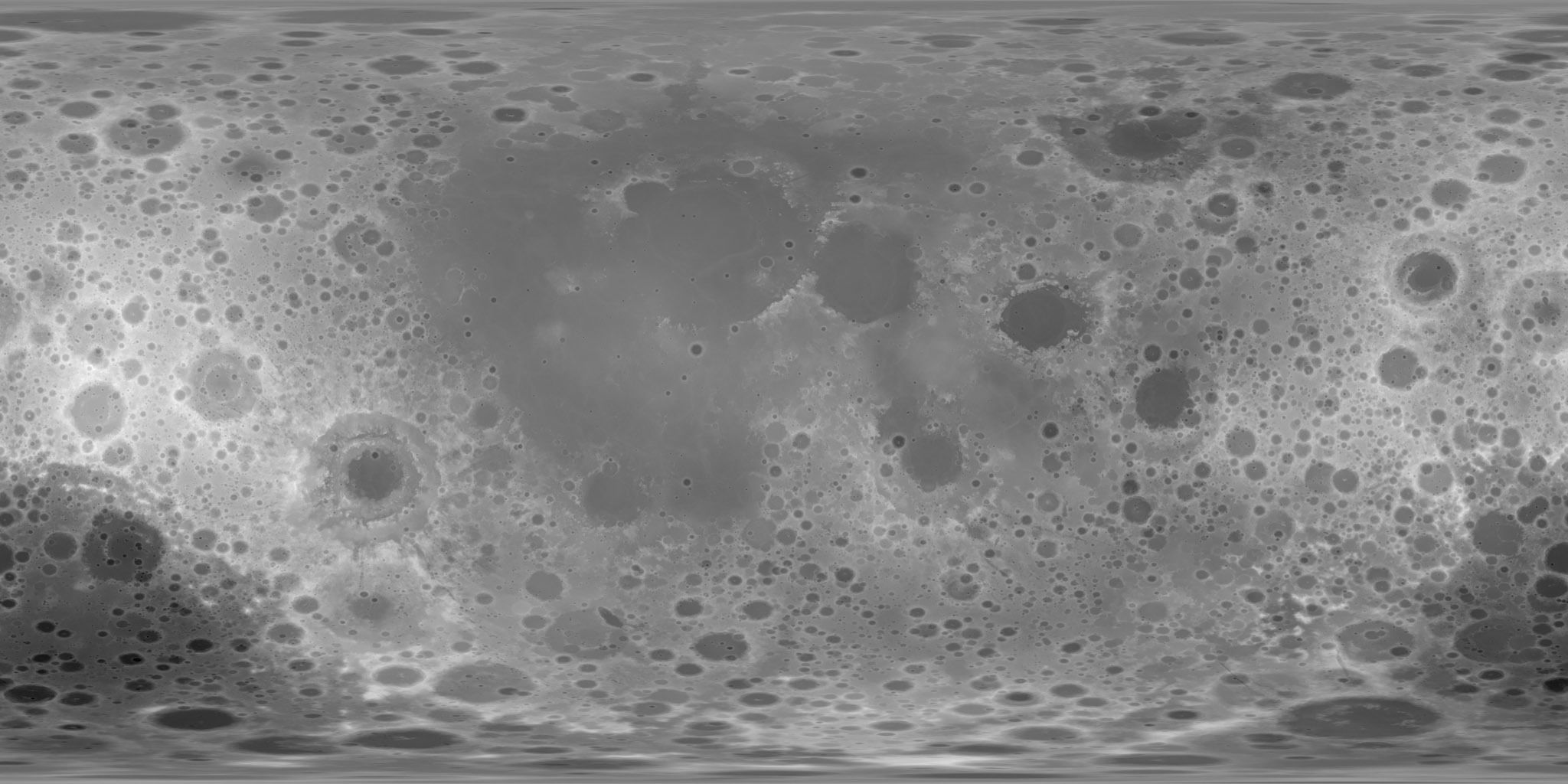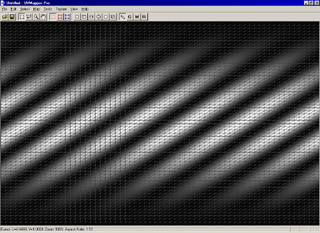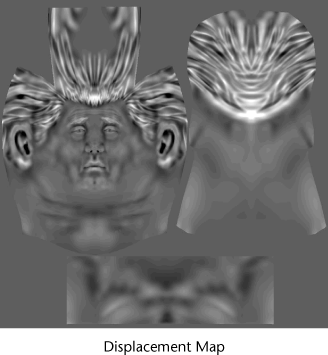

Also, there is no sense in using a high number of subdiv levels if you are using a normal map. Otherwise you might have seams in some places. Blender's uv smoothing method is otherwise a little different than many other programs (arguably better, but not the same) You can change this at an point using File > Import UV set in 3d coat. * I recommend using no UV smoothing in 3d coat since it matches the result when "UV Smooth" is turned off on your subdiv modifier. Mapping to hardness as well is because 3d coat seems to do this in the viewport, and this emulates that effect well. This will make the GLSL viewport and render match exactly (apart from SSS).

Then map the specular texture to "Spec" and "Hard" with the multiply blend mode. When importing the specular channel, on the shaders tab set specular and hardness to max. This is also fully animatable (though animation modifiers such as armatures should be applied before (above) the subdiv and displacement modifiers in the modifier stack). One cool thing about displacement as a modifier is that you can both see exactly how it's going to look in the viewport as well as editing the model with realtime displacement feedback (tweaking verteces, for instance). If for some reason (weight painting mirror precision, for example) you need to apply the scale transform in blender, make sure to scale the displacement strength down by that same exact amount. If you've exported the model from 3d coat as well, the displacements should match exactly. Strength is the number you got when you exported from 3d coat. Apply a subdiv modifier* (maybe 3 iterations) and then a displacement modifier, selecting that texture and UV space mapping. In blender import the object without scale clamping (turn scale clamping to 0 you can scale the object down afterward as displacement strength is applied in object space) otherwise the displacements will not match. I recommend writing it onto the filename.

Record the number you're given when the exports complete. Since 3d coat stores texture information in microvertices, changing UV layout at any time is not a problem.Īpplying displacement maps: export from 3d coat using file > import/export textures > save displacement (Depth) of visible layers.

One solution is to re-unwrap the object in Blender and import into 3d coat using File > Import UV set. Properly applied TS normal maps should be correct with no seams visible. If you see seams on the normal map and sections of the normal map seem to be inverted, that's likely the problem. Note that in order for tangent space normal maps to work correctly in blender, all the UVs must be "face up" (some islands can be "face down" if you unwrap them with 3d Coat, which seems to do this). Then, when applying them in blender, select tangent space normal map on the texture tab and map it in UV space to the normal channel (negative, click twice). If you're planning on using it on a low poly mesh or in the game engine, export the normal map based off the low poly mesh. If you're planning on using a displacement map as well, export the normal map based off the mid-poly mesh. On getting tangent space normals to work correctly in blender: Export them from 3d coat in maya format (green channel is inverted).


 0 kommentar(er)
0 kommentar(er)
